In our last article on this topic, we looked at orchestral instruments, but omitted the most versatile of them all, the piano. The piano offers a world of upcycling possibilities and in a number of different media.
First, let’s look at the structure of the grand piano. We have all the different woods of the case, the keys, and the soundboard; we have metal of the cast-iron plate, the strings, and the pinblock; we have the felt of the hammers; and we have the ivory or plastic of the keys. There’s a world of possibilities as long as you like black, white, or natural.
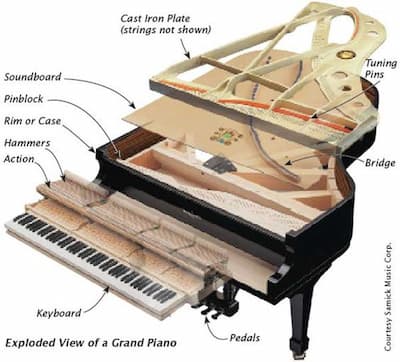
Exploded view of piano
The piano strings themselves can be twisted or hammered to make jewelry.
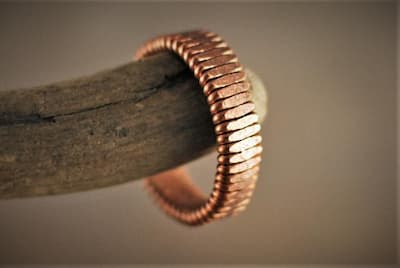
Hammered string ring
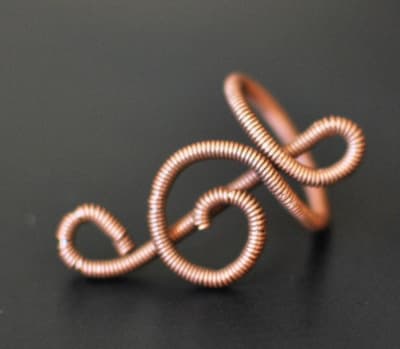
G-clef Piano String Ring
Apart from the strings, we have all those keys to deal with. One possibility is to make them into a surround for a mirror.
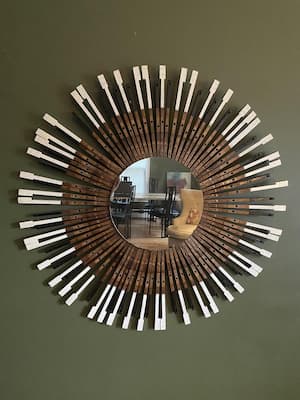
Keyboard Mirror
Or for a clock. This one cleverly uses music paper for the face of the clock.

Keyboard Clock
Or, take out the whole keyboard and the hammers and make it into a dynamic wall hanging.
Ludwig van Beethoven: Piano Sonata No. 8 in C Minor, Op. 13, “Pathétique” – III. Rondo: Allegro (Alfred Brendel, piano)

Sound Wave Sculpture
Or use the keys with the hammers removed as the interior of a really interesting coffee table. You’ll always be cleaning it though, as everyone shows off their fingering technique on the glass.
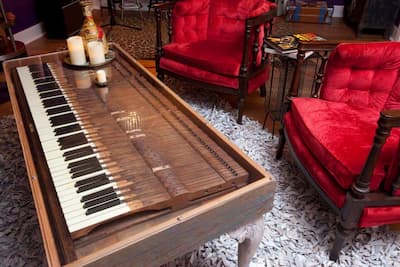
Glass covered Piano Key coffee table
You could mount the keyboard on the wall as an interesting place for those knick-knacks.
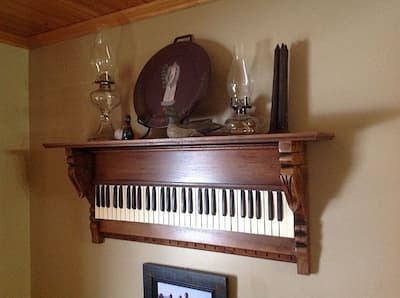
Piano keyboard shelf
Now what if you start taking things apart? If you just take the black keys, which have more dimension than the white keys, you can create a handy key holder or zipper pull.
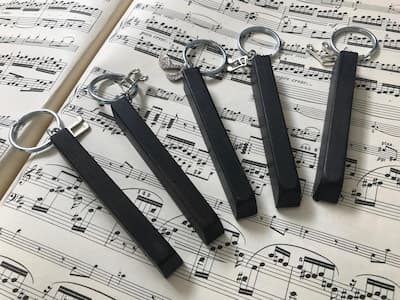
Black Key only
You could take the piano hammer and add a few rhinestones and see the colours of the different layers of felt. I’m sure that few people would recognize the source.
If you take the entire case, empty it out, and put a new back on it, you have a wall unit that will fill the wall, and this example can serve as a handy place for intermission drinks.
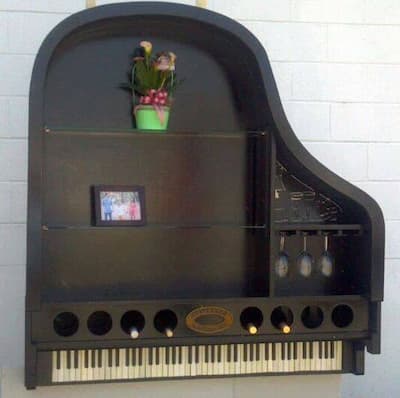
Hanging Grand Piano Shelving
Don’t have a grand piano but only an upright? We have solutions for that!
Make a mini-bar, using only the case. Remember, pianos are good for leaning on!
George Gershwin: 6 Songs – Somebody Loves Me (Leon Bates, piano)

Upright piano mini-bar
Keep as much as you can, cover the keys, remove the front panel, lift the hammers to the top as a decorative element, and put in a bit of electricity and voilà, you have a computer desk.
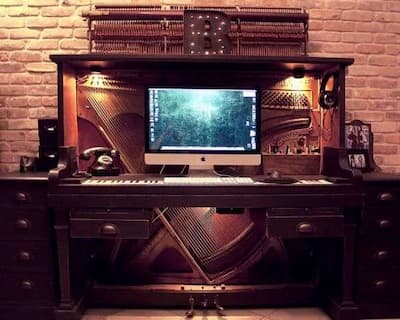
Piano-computer desk
Really want to make an impressive statement and need a place for the piece in “C-shark minor”? May we suggest the piano aquarium?
Camille Saint-Saëns: Carnival of the Animals – VII. Aquarium (Marylène Dosse, piano; Württemberg Chamber Orchestra; Jörg Faerber, cond.)
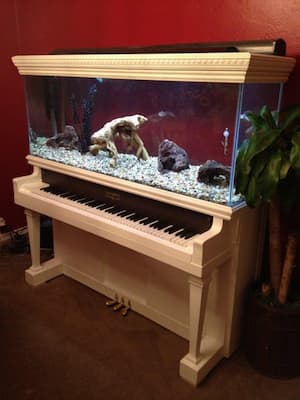
Piano Aquarium
What we don’t suggest is putting your piano into a moist environment. The wood isn’t designed for this kind of treatment!
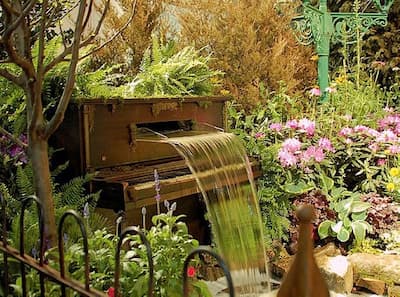
Garden Waterfall
There are lots of sick, wounded, dysfunctional, and even moribund pianos out in the world and they contain a lot of potential for design. Please don’t harm any living pianos but consider the possibilities of those that need to enter a different art world.
For more of the best in classical music, sign up to our E-Newsletter

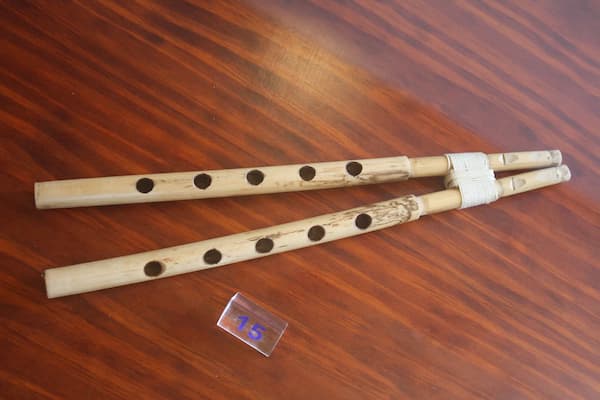

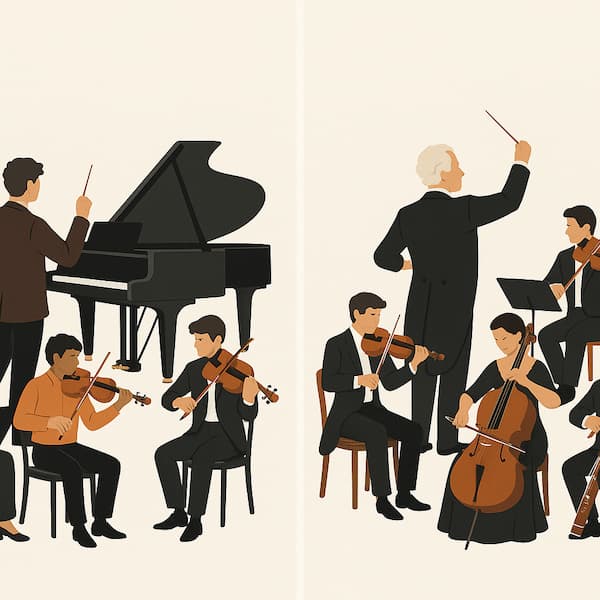

Rather than heavy cumbersome ironing boards (the wooden ones!) people prefer the sturdy yet lightweight variety.